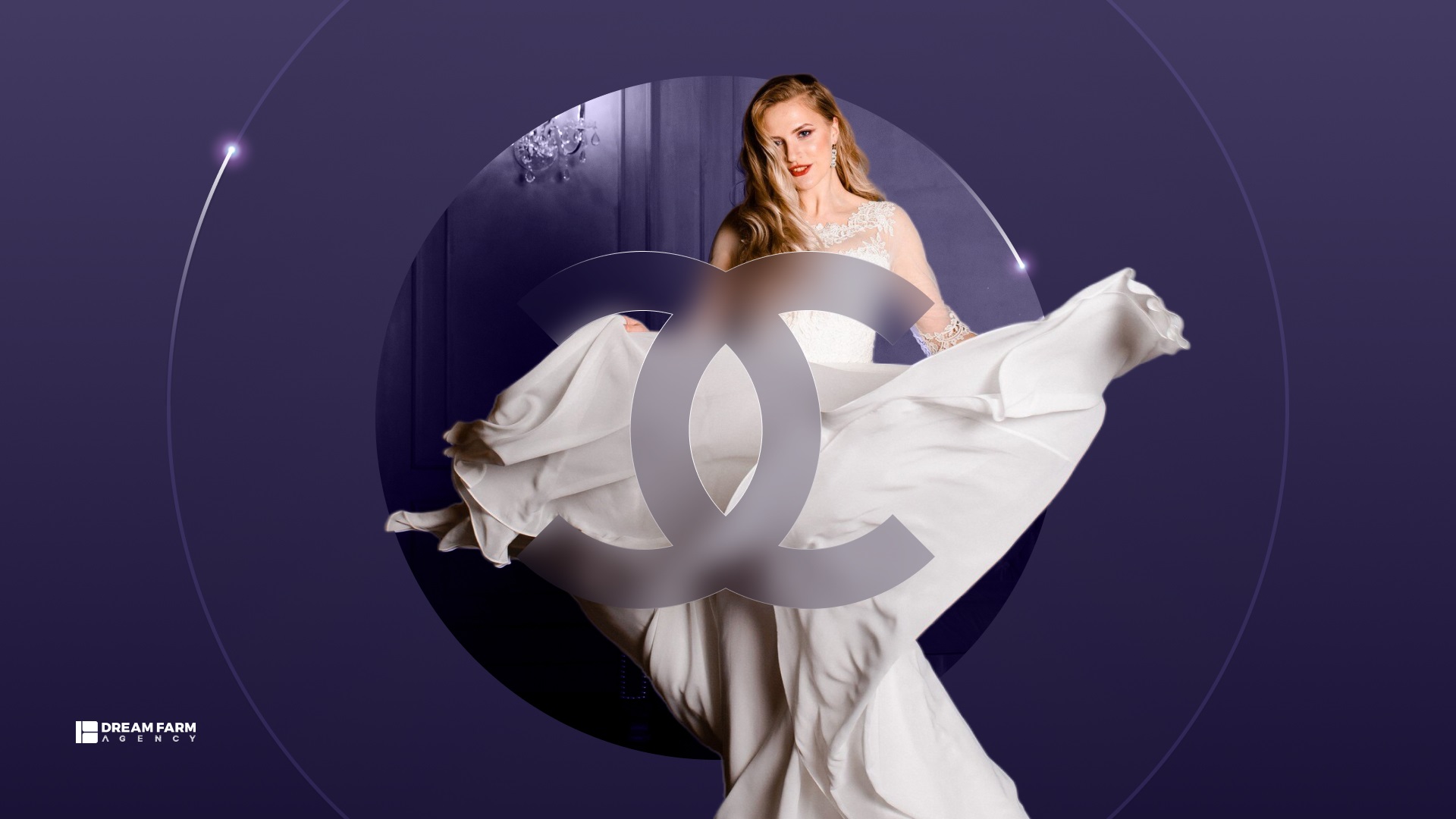
In the world of fancy fashion, beautiful jewelry, and luxurious experiences, luxury brands are known for their elegance and exclusivity. But what makes a brand luxurious? Why is branding so important in this field? In this blog, we’ll look into the details of luxury branding, including its history, features, strategies, and the challenges it faces in today’s digital world.
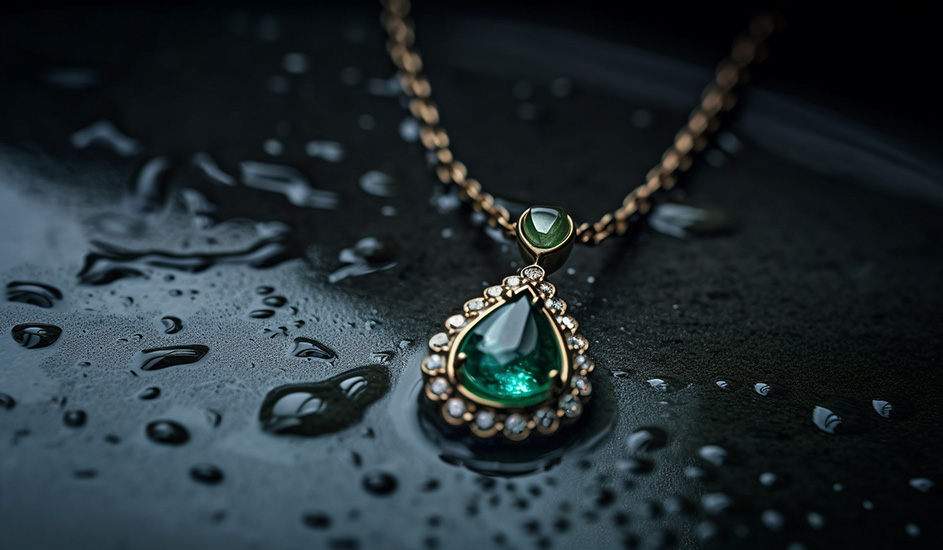
History and Evolution of Luxury Branding
Luxury branding has a long history. The idea of luxury goes back to ancient times when wealth and luxury showed power and status. From the extravagant lives of European nobles during the Renaissance to today’s famous brands like Louis Vuitton and Chanel, luxury has always been about more than just items; it’s about an experience, a story, and a promise of top-notch quality.
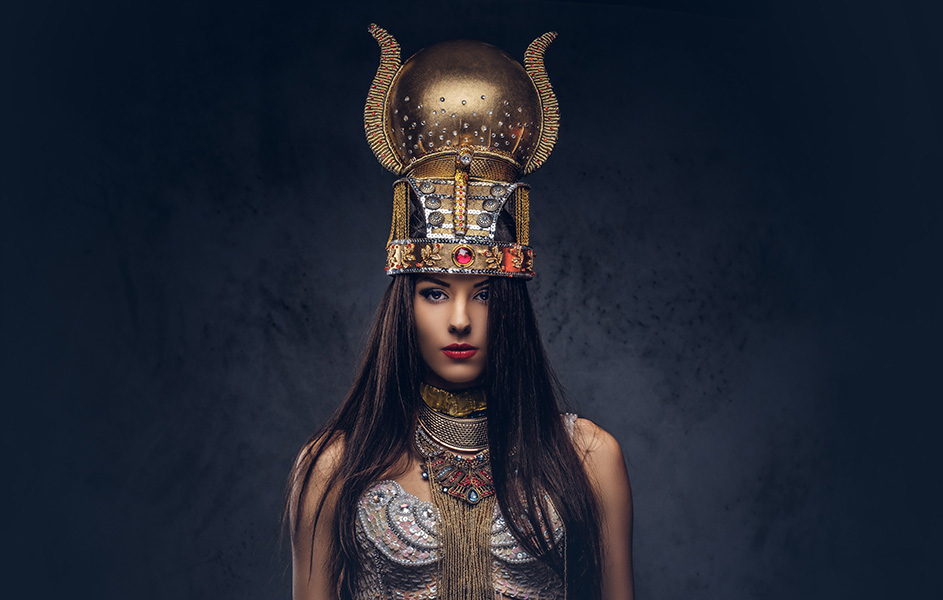
In the old times, fancy stuff always meant that it was rare and very showy. This can be seen from the time when Egyptian kings wore gold and jewels to show that they were very important. The Roman Empire also showed off their greatness by building amazing buildings and having big parties. Chinese kings during the Tang and Song times chose to show their great taste through fancy clothes, pottery, and big palaces.
The way people viewed fancy stuff changed a lot during the European Renaissance, especially in Italy under the rule of the Medici family. This was a time when a lot of beautiful art and culture were created, like detailed jewelry, beautiful wall hangings, and carefully made clothes.
By the 17th and 18th centuries, France had become the place that everyone thought of when they thought of fancy stuff. The French king, Louis XIV, made sure that his court at Versailles was the most showy and fancy, setting a standard that people still think of when they think of luxury today.
The Industrial Revolution of the 1800s brought a major shift. It became simpler to produce luxury items, but they still remained exclusive and high-quality. Famous names such as Louis Vuitton, Cartier, and Chanel emerged during this period, blending tradition with innovation to captivate wealthy customers.
As the 1900s rolled in, these prestigious brands expanded globally to cater to an increasing number of affluent consumers.
Overall, you can say that luxury is about more than just having something fancy; it’s about treating yourself to a special experience, feeling like you’re part of a cool story, and having something that’s top-notch and one-of-a-kind.
Moving forward, factors such as environmental consciousness, technological integration, and personalization are redefining our perception of luxury, ensuring that high-end products and experiences remain captivating and desirable.
Characteristics of Luxury Brands
What makes luxury brands different from the rest? In the upcoming analysis, we’ll explore these qualities in greater depth, investigating what gives luxury brands their timeless appeal.
- Exclusivity and Rarity
- Unique Brand Identity and Storytelling
- Heritage and Legacy
- High Quality and Craftsmanship
- Customer experiences
Exclusivity and Rarity
The predominant reason why luxury brands are popular is mainly because they are rare. They make limited editions and exclusive pieces of art, which make people interested in them, and they feel that if they don’t purchase them, they have missed something important in their lives.
Unique Brand Identity and Storytelling
When it comes to storytelling, luxury brands have proven to us how well they have mastered this art. Narrating comprehensive and compelling stories that can trigger the audience’s attention and showcase the core values and benefits of a product is something that luxury brands have worked so hard on
Heritage and Legacy
Having a rich and astonishing history is undoubtedly highly valuable for users. Famous brands use this opportunity to foster a more meaningful relationship with their audience.

High Quality and Craftsmanship
Luxury brands take great care in selecting superior materials, such as the highest quality leathers, precious metals, and rare gemstones, ensuring that each component contributes to the product’s durability and beauty. If this is the case, due to the meticulous utilization of materials and flawless craftsmanship, the longevity and lifespan of luxury products are timeless.
Customer experiences
One of the core elements that define a successful luxury brand, is its dedication to delivering an exceptional customer experience. By offering top-notch post-purchase support and forging strong emotional connections with customers through exclusive offerings, storytelling, and emphasizing their rich history, brands gain assurance that their efforts will eventually lead to increased brand recognition and recall, while also cultivating customer loyalty.
The Role of Digital in Luxury Branding
In the era of digital rise, where information is being passed rapidly, the way luxury brands are interacting with their target market has magnificently changed. Although they have maintained their exclusivity, they have strategically leveraged different digital channels to expand their reach and have a better connection with their target audience. In the forthcoming section, we are going to explore the key areas where digital technology is transforming the face of luxury branding.
Social Media Strategies
Various platforms, such as Instagram and TikTok are being used thoughtfully and strategically to indicate a brand’s stories. Besides, Through the effective use of these platforms, brands can easily engage with younger audiences. Luxury brands use astonishing content and interactive campaigns to maintain their connection with consumers.

Augmented Reality (AR) and Virtual Reality (VR)
Luxury brands are using AR and VR technology to make shopping more exciting. AR lets people try on products virtually before making a purchase, while VR creates digital spaces where customers can look around stores and enjoy fashion events from home.

Web3 and the Metaverse
Web3 and the metaverse are presenting new possibilities for luxury brands to engage with customers who are interested in technology. Brands are exploring virtual realities where they can create spaces that represent their brand, offer digital items to collect, and host special events. These digital environments give luxury brands the chance to reach more people and provide unique experiences that blend real-life and virtual elements.

What are the challenges in luxury branding?
- Maintaining a Prestigious Brand Image
- Differentiating the Brand
- Changing Consumer Preferences
- Talent and Craftsmanship
Maintaining a Prestigious Brand image
Indisputably, for the sake of attracting influx of high-end customers, a luxury brand need to maintain its prestigious brand image. However, maintaining a prestigious brand image is not enough; what luxury brands should do afterward is to convince a wider range of audience for revenue.
In today’s competitive market, luxury brands need to expand their customer base beyond their traditional wealthy clientele to ensure long-term growth and profitability. This can be achieved by carefully balancing exclusivity with accessibility without compromising the brand’s core values and identity.
Differentiating the Brand
One of the main issues that luxury brands deal with is that they are constantly striving to distinguish themselves in a crowded market. Luxury brands need to create a unique identity that could easily set them apart from competitors. To achieve this, luxury brands must go beyond simply offering high-quality products and services.
They need to tell an exciting brand story that evokes and touches customers’ emotions. This emotional connection can be achieved through various touchpoints, such as advertising campaigns, social media content, in-store experiences, and personalized customer service.
Changing Consumer Preferences
If luxury brands would like to compete with others and remain relevant in such a dynamic market, they must adapt to changing consumer preference patterns. This requires a comprehensive understanding of market trends and consumer behaviors through data analysis. Additionally, luxury brands must leverage technology by using tools such as data analytics, AR/VR, and the metaverse to engage consumers in exciting ways and offer innovative experiences.
Talent and Craftsmanship
One of the critical challenges that luxury brands must cope with is maintaining the exceptional level of craftsmanship that sets their brand apart. Hence, they must not only use the best optimum materials, but they must also hire talented artisans who have the capability to shape and craft the required items with the best quality and standards that meet audience expectations.
Case Studies of Successful Luxury Brands
Louis Vuitton
Louis Vuitton, distinguished by its signature LV monogram, is a brand that sets itself apart from competitors by effectively integrating its historical legacy with modern innovation in its branding strategy. The brand was established in 1854 and is a symbol of luxury and ultimate quality. Louis Vuitton maintains its appeal and elegance in the fashion industry by providing a unique and captivating brand experience.
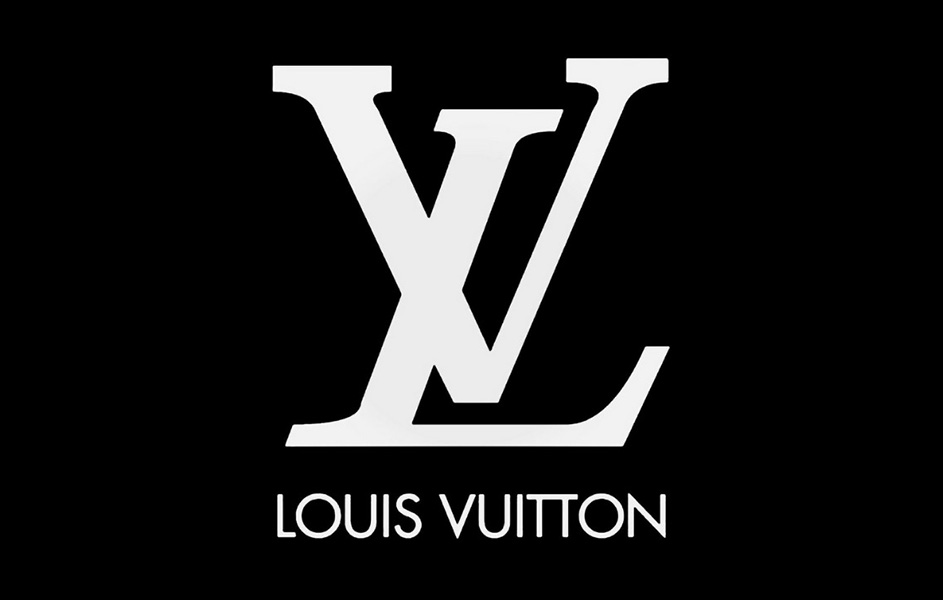
Chanel
Coco Chanel, the founder of the brand in 1910, innovated women’s fashion by introducing designs that combined sophistication with ease. With its classic styles and eternal classiness, Chanel continues to captivate fashion enthusiasts with its timeless creations.
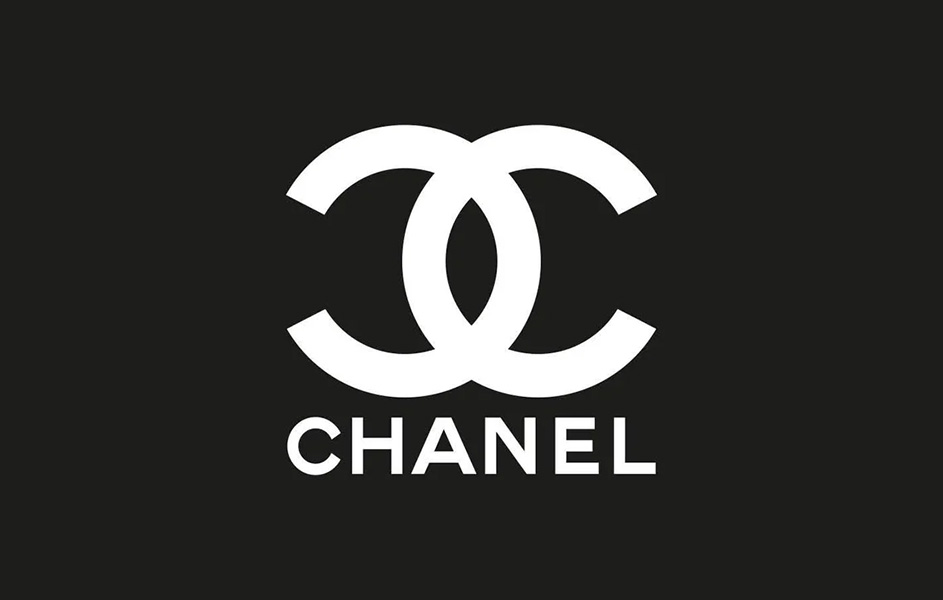
Rolex
Rolex, a brand that has become equivalent to accuracy, luxury, and eternal sophistication, was established in 1905 by Hans Wilsdorf and Alfred Davis. The brand rapidly made a name for itself as an innovator in the watch industry. Due to its dedication to the highest quality in this sector, Rolex has gained a magnificent reputation in such a way that it has secured its position as one of the most prestigious and universally recognized luxury brands across the world.
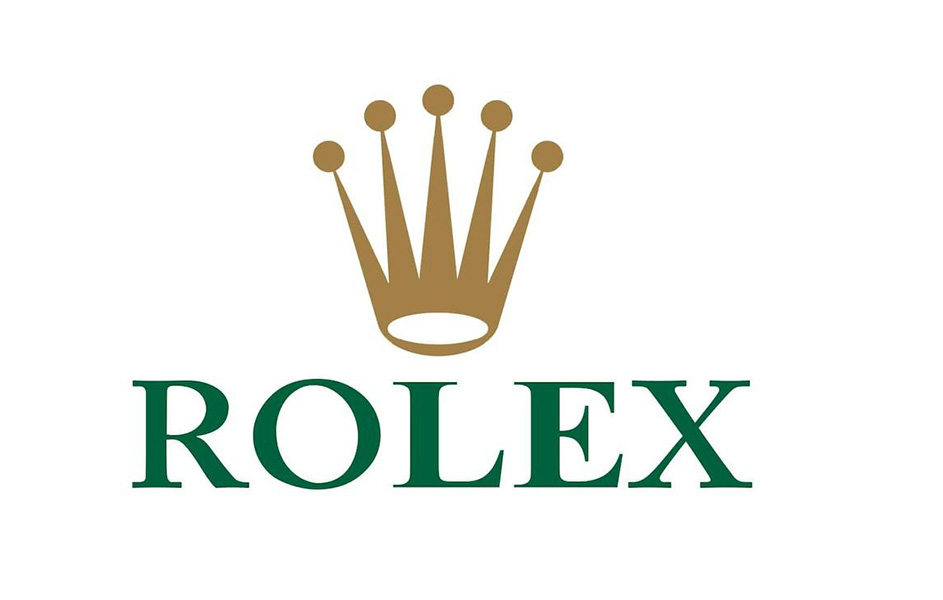
Conclusion
Luxury branding is the art of combining multiple skills, such as history, exclusivity, and craftsmanship, that all together shape concrete and complex narratives. Whether you seek to engage your audience through immersive AR and VR experiences, create a memorable brand mascot that embodies your values, or develop interactive media that compellingly tells your brand’s story, Dream Farm Agency is here to help. We work closely with our clients to understand their unique needs and develop strategies that not only maintain their prestigious image but also set them apart in a crowded market.
Whether you’re looking to improve your brand’s storytelling, engage with audiences in innovative ways, or uphold your prestigious image in the digital era, our team is here to help. Contact us today to discover how we can support your brand’s journey and ensure it remains at the forefront of luxury innovation.
Poorya
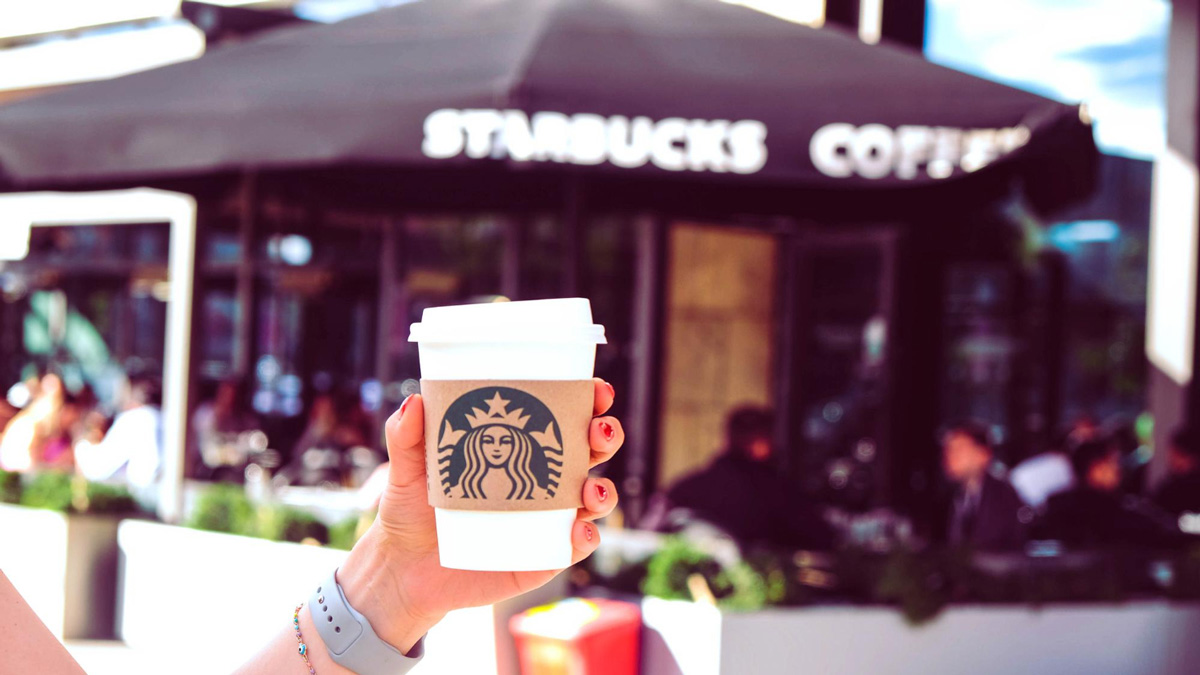



Absolutely loved reading this article on luxury branding strategies! The exploration of the historical evolution of luxury brands and their unique characteristics was incredibly insightful. It’s fascinating to see how brands like Louis Vuitton and Chanel have managed to blend tradition with modern innovation to maintain their prestige. I also appreciated the emphasis on the role of digital technology and social media in reaching younger audiences—it’s a game changer for the luxury market.
However, one question that lingers is how these brands plan to adapt to the growing demand for sustainability and ethical practices in luxury goods? It will be interesting to see how they balance exclusivity and eco-friendliness moving forward.
Thank you for your thoughtful comment! You’re absolutely right about the importance of sustainability and ethical practices in the luxury market. As mentioned in the article, luxury brands are increasingly redefining their strategies to incorporate environmental consciousness while maintaining exclusivity. Balancing these values will indeed be crucial for their future appeal and success. It will be fascinating to observe how they navigate this evolving landscape!